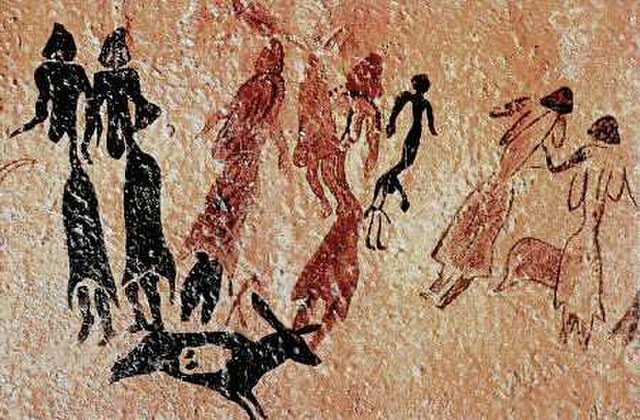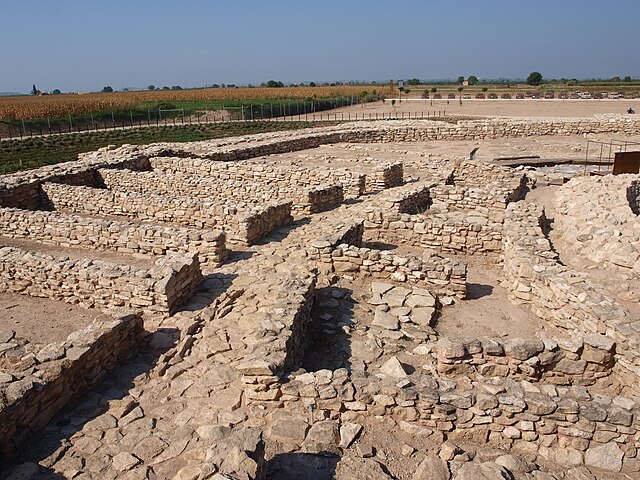Tarragona is a coastal city and municipality in Catalonia (Spain). It is the capital and largest town of Tarragonès county, the Camp de Tarragona region and the province of Tarragona. Geographically, it is located on the Costa Daurada area on the Mediterranean shore.
Image: Roman circus of Tarraco 01
Image: Tarragona Amfiteatre 04 2016 08 31
Image: Tarragona Ponte del Diablo
Image: Catedral de Santa Maria (Tarragona) 17
Catalonia is an autonomous community of Spain, designated as a nationality by its Statute of Autonomy. Most of its territory lies on the northeast of the Iberian Peninsula, to the south of the Pyrenees mountain range. Catalonia is administratively divided into four provinces or eight regions, which are in turn divided into 42 comarques. The capital and largest city, Barcelona, is the second-most populated municipality in Spain and the fifth-most populous urban area in the European Union.
The Roca dels Moros contains paintings protected as part of the Rock art of the Iberian Mediterranean Basin, a World Heritage Site
Iberian fortress Els Vilars in Arbeca
Aqüeducte de les Ferreres, Roman aqueduct in Tarragona
Origins of the blason of the County of Barcelona, by Claudi Lorenzale








